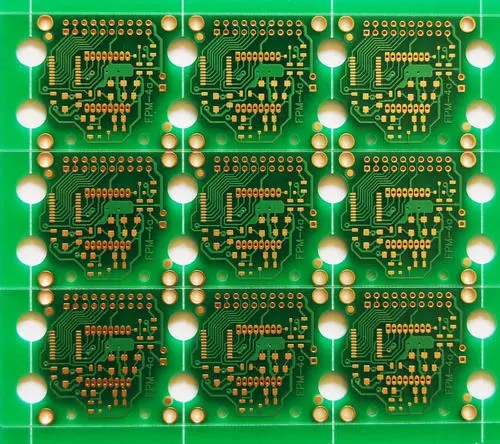PCB standard overview

The design of printed boards involves multiple materials and process technologies in different technical fields such as circuit design, component applications, printed board materials, manufacturing, installation, and testing. If these technologies are to be organically combined to form one A complete design product requires standards. Standards are the link that connects different materials and technologies. They are the basis for each stage of work and product acceptance. Designs and products with a high degree of standardization can improve product quality and production efficiency, and reduce costs.
Printed board is a highly standardized electronic product. Both internationally and foreign technologically developed countries attach great importance to the formulation and revision of printed board standards. There are a series of standards at home and abroad, and foreign standards of this type are divided into international Standards and national or industry standards of technically developed countries. Various standards have different standard systems. The specific standard systems are now introduced as follows.
International standards. That is, the International Electrotechnical Commission (IEC) standards. IEC was established in TC52/91 Electronic Technology Special Office responsible for the formulation and revision of standards for electronic assembly and printed boards. At present, relevant printed board design and manufacturing have been formulated. There are more than 100 technical standards and specifications related to electronic assembly. It involves the design of printed boards and their assembly parts, materials, various types of products, manufacturing technology, testing methods, and quality assurance, forming a mutually supporting system. IEC is composed of The electrical and electronic product standardization technical organization composed of multiple countries. The standard formulation process requires multi-national consultation and coordination, so the standard formulation and revision speed is relatively slow, and the matching is not perfect. There are many general requirements and few detailed requirements. Implementation has to be done Supported by national or user standards.
Technologically developed countries' standards, mainly the United States, the United Kingdom, Japan and other countries, have each formulated their own standards and specifications. At present, the most influential standards in the world and adopted by many countries are mainly the standards of the American Electronic Circuit Packaging Association (IPC standards) and the US military standards (MIL standards). The standards for PCB and its installation technology in the IPC standards A complete system has been formed, which includes 6 aspects including design, manufacturing and installation processes, materials, various products, test methods and quality assurance. The standards of this system are compatible with each other, strong in operability, and fast in standard revision., The content is advanced, suitable for the needs of the development of components, printed boards and installation technology. Especially in order to meet the development requirements of green and environmentally friendly electronic products. In recent years, most of the IPC standards have been revised. And electronic products are divided into 1, 2, 3, different levels of products have different design, manufacturing and acceptance requirements. Some military standards and high-reliability products are integrated into the same general standard for products, so that IPC standards replace many MIL standard. It embodies the idea of military-civilian integration and resource sharing, and improves the applicability and versatility of the standard.
my country's printed board standards are divided into national standards (industry standards and enterprise standards on the national military standards. The national standards stipulate the most basic requirements and general methods and requirements for ensuring product quality; the industry standards are not lower than the national standards. Under the premise of reflecting the characteristics of the industry, it specifies the special requirements and technical indicators in the industry, or when there is no national standard but only the industry standard. It can be implemented in the domestic industry. The enterprise standard is the standard for the quality control and acceptance of the company’s own products., Is also one of the important basis for participating in market competition. In the case of similar national standards or industry standards, its indicators cannot be lower than the requirements of similar national standards or industry standards.
National standards are divided into mandatory standards and recommended standards (GB/T). All product standards related to public safety, personal health, life and property safety, and important military systems must be implemented as mandatory standards and the rest are recommended standards. If mandatory The standard quotes the content of the recommended standard. Then the quoted content is also implemented as a mandatory standard. The printed board is the basic part of the electronic product. The general printed board standard is not a mandatory standard, but it is used in some important products. At that time, stricter standards should be implemented, such as aerospace standards, medical standards, etc.
At present, there are many standards for printed boards in China, including national standards, national military standards, electronics industry standards, aerospace industry standards, aviation industry standards, and post and telecommunications industry standards. The national standards are in line with international standards, mainly by referring to lEC standards., Some refer to the use of IPC standards, but in terms of printed board substrates, the current major manufacturers directly adopt the British IPC or NEMA standards (American electrical manufacturer standards, mainly referring to the FR-4 material standard).
The above is an introduction to PCB standards. Ipcb also provides PCB manufacturers and PCB manufacturing technology